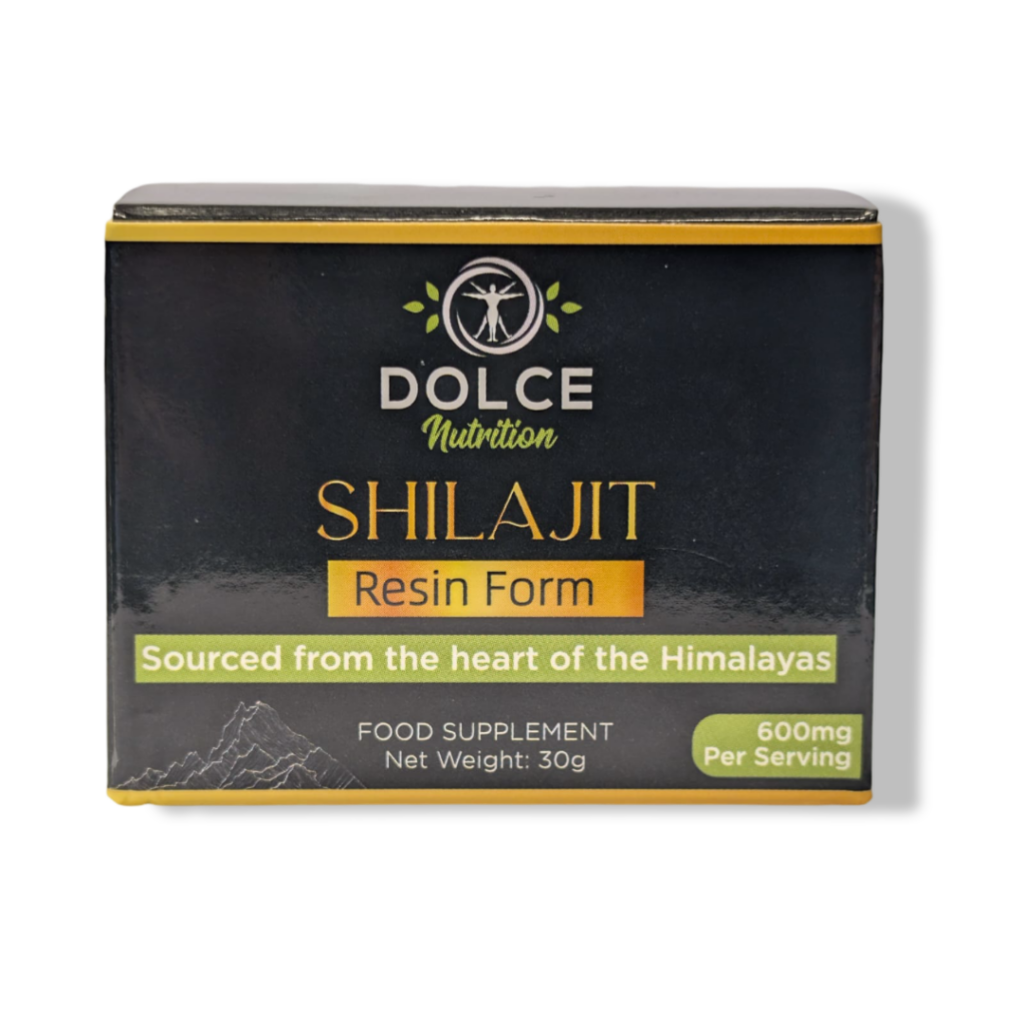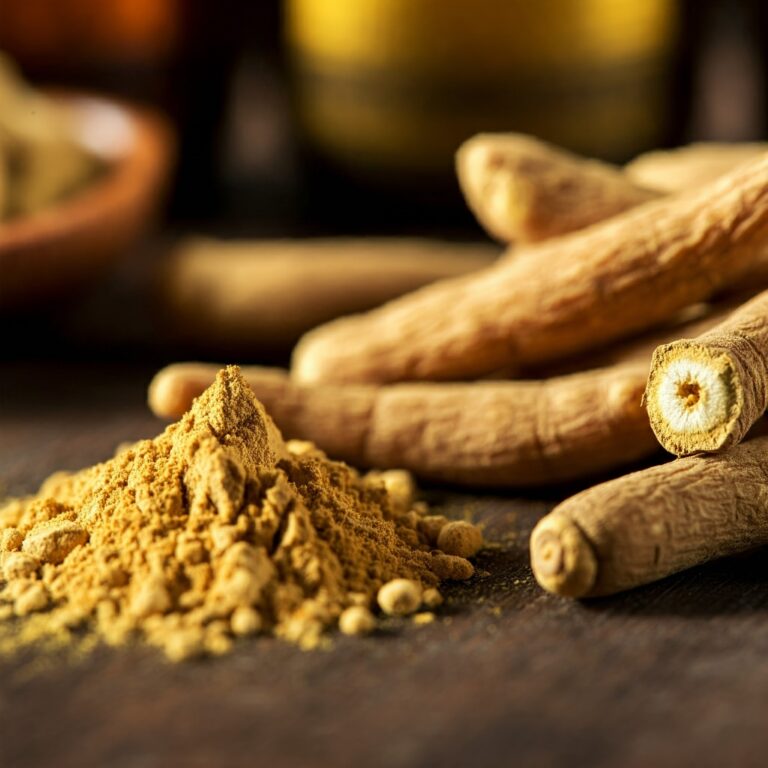Shilajit, a mysterious substance seeped from the crags of the Himalayas and other high-altitude regions, has captured human curiosity for millennia. This sticky, tar-like resin, ranging in color from deep brown to almost black, is a testament to nature’s patient alchemy. Its unique formation involves the gradual decomposition of plant matter under immense pressure and over vast stretches of time, resulting in a complex concoction rich in minerals, trace elements, and bioactive compounds.
Nature’s Complex Elixir
Shilajit’s allure lies not just in its dramatic origins but also in its intricate composition. It boasts a rich array of minerals and trace elements, alongside fulvic acid, a compound increasingly recognized for its potential biological activities (Cornejo et al., 2017). This unique blend of constituents has fueled centuries of traditional use and sparked modern scientific inquiry into its potential benefits.
A Legacy of Traditional Use
In Ayurvedic medicine, shilajit holds a place of reverence, often dubbed the “conqueror of mountains and destroyer of weakness.” This moniker reflects the breadth of its traditional applications, which range from promoting vitality and stamina to supporting cognitive function and overall well-being (Agarwal et al., 2007).
Modern Science Takes the Reins
While shilajit’s legacy is rooted in tradition, contemporary science is steadily unraveling its secrets. Researchers across the globe are delving into shilajit’s composition, its mechanisms of action, and its potential therapeutic applications. Studies like those by Wilson et al. (2011), Carrasco-Gallardo et al. (2012), and Trivedi et al. (2004) have contributed to a growing body of evidence suggesting shilajit’s potential in various areas of health and wellness.
Prioritizing Purity and Potency
The allure of shilajit has unfortunately led to a proliferation of products of varying quality. It is imperative to prioritize purity and potency when considering shilajit supplementation. Opting for a reputable supplier with rigorous quality control standards is paramount. Furthermore, consulting with a healthcare professional is always recommended before incorporating any new supplement into your regimen.
Dolce Nutrition: A Commitment to Excellence
At Dolce Nutrition, we recognize the profound potential of shilajit and the importance of providing a product of exceptional quality. Our shilajit is sourced responsibly, processed in ISO-certified facilities adhering to GMP and HACCP guidelines, and independently tested for purity and potency. We are dedicated to ensuring that our customers receive only the best that nature and science have to offer.
The Journey Continues
Shilajit, an ancient remedy steeped in tradition, is now stepping into the spotlight of modern scientific inquiry. While much remains to be explored, the existing evidence suggests that this complex substance from the mountains may indeed hold keys to supporting human health and vitality. As research continues to unfold, we eagerly anticipate further insights into the mysteries of shilajit.
References
- Agarwal, S. P., Khanna, R., Karmarkar, R., Anwer, M. K., & Khar, R. K. (2007). Shilajit: a review. Phytotherapy Research, 21(5), 401-405. Carrasco-Gallardo, C., Guzmán, L., & Maccioni, R. B. (2012). Shilajit: a natural phytocomplex with potential procognitive activity. International Journal of Alzheimer’s Disease, 2012.
- Carrasco-Gallardo, C., Guzmán, L., & Maccioni, R. B. (2012). Shilajit: a natural phytocomplex with potential procognitive activity. International Journal of Alzheimer’s Disease, 2012.
- Cornejo, A., Jiménez, J. M., Caballero, L., Melo, F., & Maccioni, R. B. (2017). Fulvic acid inhibits aggregation and promotes disassembly of tau fibrils associated with Alzheimer’s disease. Journal of Alzheimer’s Disease, 58(2), 657-673.
- Trivedi, N. A., Mazumdar, B., Bhatt, J. D., & Hemavathi, K. G. (2004). Effect of shilajit on blood chemistry and organs of rats. Indian Journal of Pharmacology, 36(5), 273-277.
- Wilson, E., Rajamanickam, G. V., Dubey, G. P., Tripathi, A., & Aggarwal, A. K. (2011). Review on shilajit used in traditional Indian medicine. Journal of Ethnopharmacology, 136(1), 1-9.

Shilajit Resin – Dolce Nutrition
Shilajit, a mineral-rich resin formed over centuries in the Himalayas, has been revered for its rejuvenating and adaptogenic properties in traditional medicine. Its unique composition, including fulvic acid and trace minerals, offers potential benefits for energy levels, cognitive health, immunity, and healthy aging.

